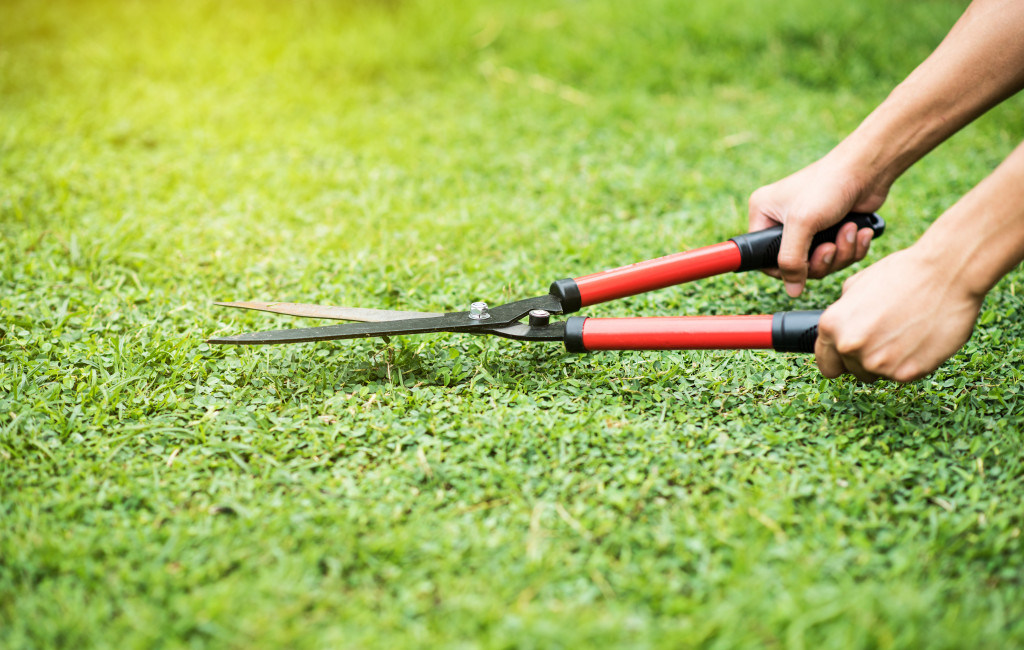Going green may seem like a costly and time-consuming affair when building a home. In reality, however, there are many ways to make an eco-friendly home on a budget. You have to plan well in advance and use the right resources, but it can be done!
A lot depends on the location of your home. Building a home in the city will require different green strategies than making it in the countryside. You also have to factor in things like the climate and whether you want to take advantage of solar power. All in all, it should be accomplished at approximately the exact cost as any other home.
Having an initial budget is key to planning a green home is good. Knowing what you can and cannot spend upfront will help you focus your efforts. You may want to consider building a smaller home, using sustainable materials, or installing energy-efficient appliances.
Here are a few ways to do it.
Have a Budget with Reserve
Green building, like most things in life, is not accessible. You will have to invest time and money to make your home more sustainable. However, there are ways to do this that don’t break the bank. Start by creating a budget for your green home building project. This should include the costs of materials and labor. It’s also a good idea to have a reserve fund if you run into any unforeseen problems.
Some things blow the budget, like fancy or exotic green materials. Keep those for later stages. You can save money by using more common materials that are still environmentally friendly. For example, you can use bamboo flooring or cork tiles rather than hardwood floors.
Find the Right Plot
The location of your home is essential for two reasons: the climate and the availability of resources. If you live in hot or cold weather, you must consider this when building your home. You may want to install solar panels or use energy-efficient insulation. If you live in a rural area, you have the advantage of using sustainable materials that are not available in cities. For example, you can use straw bale construction, an ancient building technique that makes a comeback.
Your home should be within reach of the resources you need to build it. This includes things like water, electricity, and gas. If you have to haul these things in from a long distance, it will add to the cost of your project.
Select the Right Materials

The building materials you select will have a significant impact on the cost and sustainability of your home. For example, using recycled materials is a great way to be eco-friendly and save money. You can also use sustainable materials like bamboo, cork, or wool insulation. These materials are renewable and will help you reduce your carbon footprint.
You can choose rubber items manufacturers to get you good deals in sustainable flooring. Moreover, it is anti-slip and has longevity. The durability of these materials means you won’t have to replace them for a long time. You can also choose bamboo as one of the sustainable additives for your green home. It is environment-friendly, too. So, you will have nature inside for company.
Select a Green Architect
If you are not a designer yourself, hiring an architect who specializes in green design is good. Not only will they be able to help you plan your home, but they can also recommend materials and strategies that will save you money in the long run.
Ask your prospective architect about their experience with green building. They should be familiar with sustainable materials and energy-efficient design. If they are not, you may want to look elsewhere. There are many qualified green architects, so there is no need to settle for someone who is not up to the task.
Organize Properly
One of the most critical aspects of building a cheap green home is organization. This includes everything from creating a budget to choosing suitable materials. If you are not organized, you will waste time and money on your project.
Building a cheap green home is easier than you think. With a bit of planning and the right resources, you can have an eco-friendly and affordable home. Get all the professionals working on your project, and ensure everyone is on the same page. This way, you can avoid any surprises that could set you back.
Building a green home does not have to be expensive or time-consuming. By following these simple tips, you can have the home of your dreams without breaking the bank. So what are you waiting for? Get started today!


